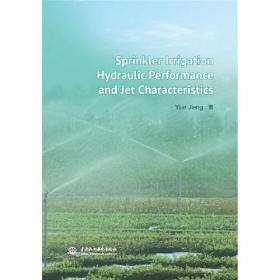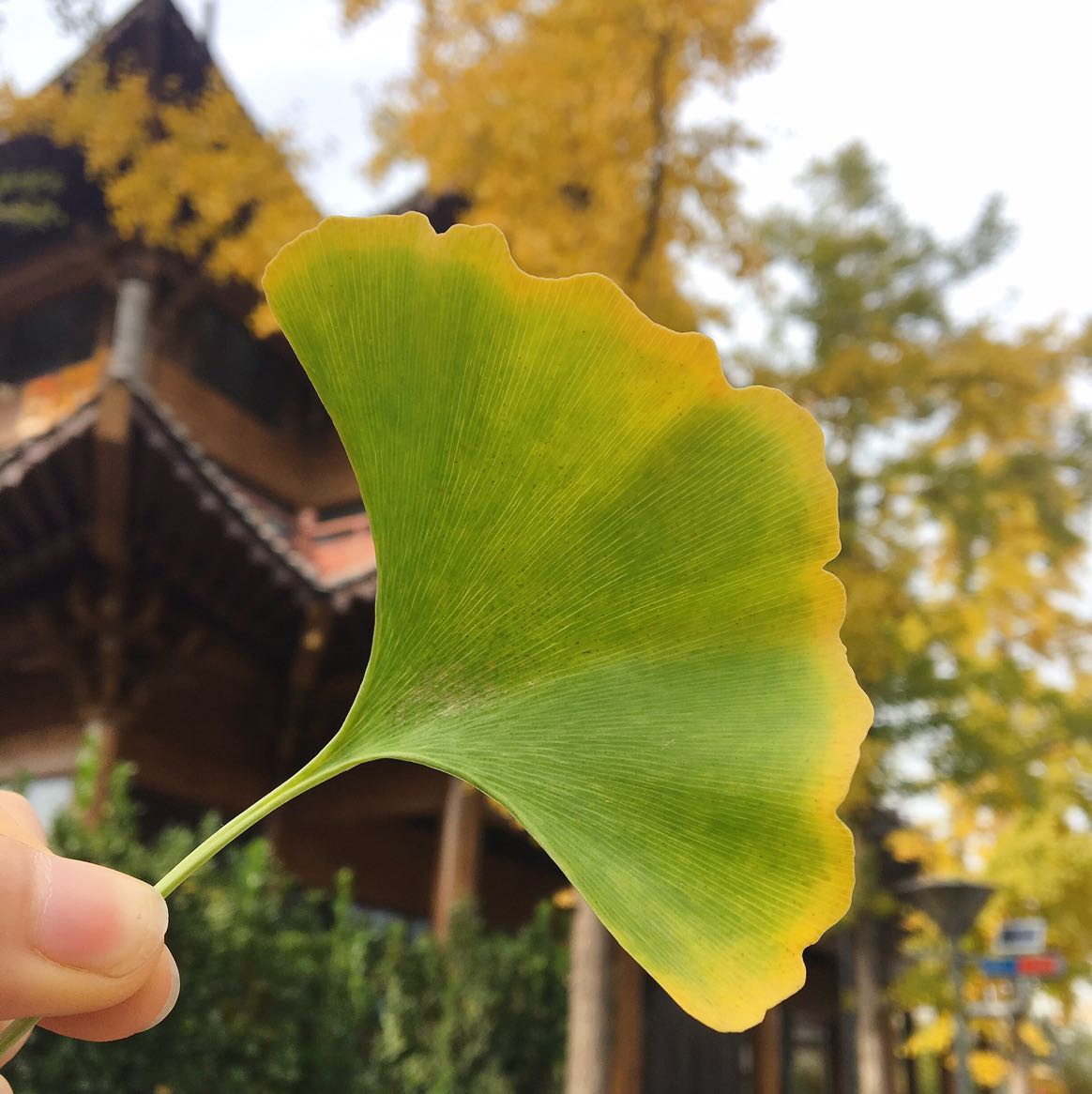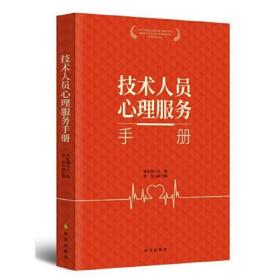
Sprinkler Irrigation Hydraulic Performance and Jet Characteristics(译名:喷灌水力性能与射流特性)
全新正版未拆封
¥ 36.18 4.1折 ¥ 88 全新
库存2件
山东济宁
认证卖家担保交易快速发货售后保障
作者Yue Jiang
出版社水利水电出版社
出版时间2021-02
版次1
装帧其他
上书时间2024-01-12
- 最新上架
商品详情
- 品相描述:全新
图书标准信息
- 作者 Yue Jiang
- 出版社 水利水电出版社
- 出版时间 2021-02
- 版次 1
- ISBN 9787517094289
- 定价 88.00元
- 装帧 其他
- 开本 16开
- 纸张 胶版纸
- 页数 141页
- 【内容简介】
-
Rotating sprinklers
are widely used in spray irrigation engineering due to the advantages of simple
structure and reliable operation. Researches on sprinklers have mainly focused
on the hydraulic performance characteristics, with neglect of jet breakup
mechanism. However, the analysis of the jet breakup mechanism is one of the
keys to improving the hydraulic performance of sprinklers under low pressure
with uniform distribution of water, the structures of sprinklers can also be
optimized to enhance hydraulic performance. Therefore, understanding the jet
breakup mechanism based on research on the jet breakup process about the
sprinklers is great significance in theory and of practical value. - 【作者简介】
-
蒋跃。江苏大学青年教师。博士。研究方向:灌溉设备及理论研究。 - 【目录】
-
preface
acknowledgements
nomenclature
chapter 1 introduction and objectives
1.1 introduction
1.2 impact sprinkler
1.2.1 structure of the impact sprinkler
1.2.2 operating principle of the i mpact sprinkler
1.2.3 models and performance parameters of the impact sprinkler
1.2.4 hydraulic performance parameters of the impact sprinkler
1.3 theory of free turbulent jet flow
1.3.1 structure of the free jet
1.3.2 basic characteristics of the free jet
1.3.3 definition of the jet characteristic parameters
1.4 objectives
1.5 scope and structure of the research
references
chapter 2 impact sprinkler hydraulic perfor mance test with different nozzle types
2.1 introduction
2.2 materials
2.2.1 structure and size of the circular nozzle
2.2.2 determination method of the non-circular nozzle size
2.3 methods
2.3.1 wetted radius of the sprinkler
2.3.2 water application rate of the sprinkler
2.3.3 christiansens uniformity coefficient
2.3.4 droplet diameter of the sprinkler
2.4 effect of nozzle shape on hydraulic performance
2.4.1 flow rate error calculation and jet et vclocity
2.4.2 wetted radii of circular and non-circular nozzles
2.4.3 water application rates of circular and non-circular nozzles
2.4.4 christiansens uniformity coefficient
2.4.5 average droplet diameters along the wetted radius
2.4.6 distal end average droplet diameters
2.5 summary and conclusions
references
chapter 3 high-speed photographic test of the jet flow with different nozzle types
3.1 introduction
3.2 materials and methods
3.2.1 high-speed photographic test system
3.2.2 high-speed photographic test method
3.2.3 image processing
3.3 jet breakup morphologies
3.3.1 varied jet breakup morphologies under different working pressures
3.3.2 varied jet breakup morphologies with different nozzle types
3.3.3 varied jet breakup morphologies with different viewing angles
3.4 jet boundary structures
3.4.1 varied jet boundary structures with different nozzle shapes
3.4.2 varied jet boundary structures under different working pressures
3.4.3 varied jet boundary structures at different itions
3.4.4 varied jet boundary structures with different cone angles
3.5 jet characteristic parameters
3.5.1 jet breakup lengths
3.5.2 initial amplitudes of surface waves
3.5.3 jet diffusion angles
3.6 discussion on e mpirical formula of jet characteristic para meters and nozzle configuration
3.6.1 effect of re and we on jet characteristic parameters
3.6.2 effect of working pressure on jet characteristic parameters
3.7 summary and conclusions
references
chapter 4 piv experiment of the jet flow with circular nozzles
4.1 introduction
4.2 testing technology of piv
4.2.1 basic principle
4.2.2 testing procedure
4.2.3 precautions in piv test
4.3 materials and methods
4.3.1 experimental setup
4.3.2 test prototype and test scheme
4.3.3 piv measurement procedure
4.4 results and analysis
4.4.1 segmented velocity fields of jet flows
4.4.2 jet initial lengths
4.4.3 aal velocity distributions at different cross-sections
4.5 summary and conclusions
references
chapter 5 nu merical simulation of the jet flow with different nozzle types
5.1 introduction
5.2 materials and methods
5.2.1 turbulence model
5.2.2 two-phase flow model
5.2.3 physical model
5.2.4 initialization and boundary conditions
5.2.5 different viewing sections for non-circular nozzles
5.3 results and analysis
5.3.1 liquid volume fraction and pressure fluctuation distributions of circular nozzles
5.3.2 jet velocity field distributions of circular nozzles
5.3.3 time-averaged velocity distributions of jets at different sections of circular nozzles
5.3.4 time-averaged velocities of jets along the central as
5.3.5 parison of two breakup characteristic parameters
5.3.6 jet surface wave morphologies of non-circular nozzles
5.3.7 instantaneous velocity and vorticity field distributions of non-circular nozzles
5.3.8 instantancous velocity distributions of jets at different sections of non-circular nozzles
5.4 summary and conclusions
references
chapter 6 instability analysis of the cylindrical jet
6.1 introduction
6.2 derivation of the cylindrical jet dispersion equation
6.2.1 regularization of the jet governing equation
6.2.2 regularization of the jet boundary condition
6.2.3 derivation of the dimensionless dispersion equation
6.3 numerical simulation of the dispersion equation
6.4 results and analysis
6.4.1 effect of jet initial velocity on the instability of the jet
6.4.2 effect of nozzle radius on the instability of the jet
6.4.3 effect of nozzle cone angle on the instability of the jet
6.4.4 calculation of the jet breakup length
6.4.5 parison between theory,experiment and numerical simulation for jet breakup lengths
6.5 summary and conclusions
references
chapter 7 derivation of a semi-empirical and semi-theoretical formula of wetted radius
7.1 introduction
7.2 calculation formula of the wetted radius
7.3 known empirical formulas of the wetted radius
7.4 precision and applicability of formulas
7.4 .1 parison of measurement values and prediction values
7.4.2 parison between the semi-empirical and semi-theoretical formula and other empirical formulas
7.4.3 verification of the semi-empirical and semi-theoretical formula for other sprinklers
7.5 summary and conclusions
references
chapter 8 summary and prospect
8.1 summary
8.2 main innovative points
8.3 remendations for future works
appendix
color inserts
点击展开
点击收起
— 没有更多了 —












以下为对购买帮助不大的评价